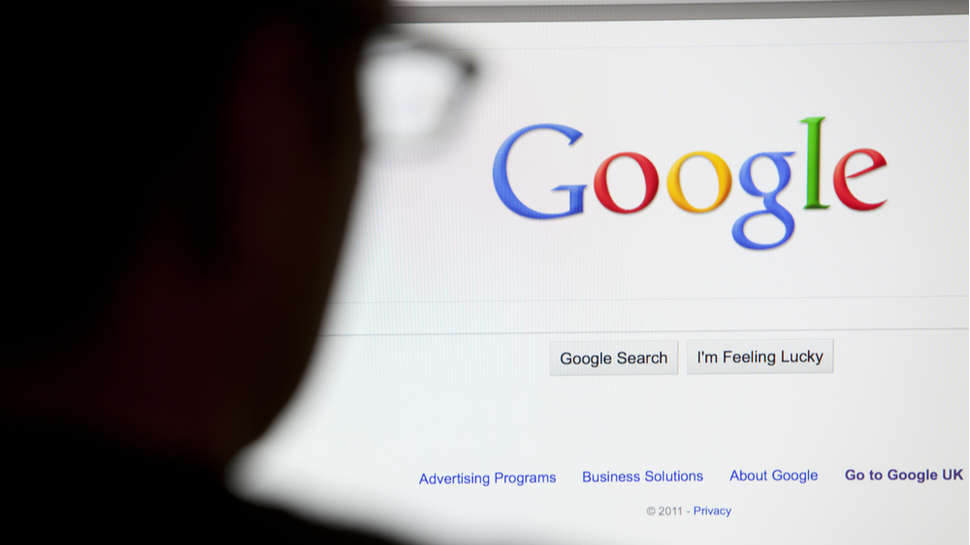Google backtracks on search display ads policy
Google had hoped a new look would lead to higher click-through rates, but has now changed

Google has backtracked on plans to alter how it displays ads alongside organic search results.
The company recently updated its search results with a new look on desktop that made it harder to differentiate between organic search results and the ads that appear above them.
However it has now gone back on these plans, designed to mirror on desktop how ads and search results appear on mobile platforms, following overwhelmingly negative feedback from users.
- Google knows what you want: lots more ads in its apps
- EU government websites littered with Google ad trackers
- Your next Android phone will let you choose from these non-Google search engines
“Last week we updated the look of Search on desktop to mirror what’s been on mobile for months. We’ve heard your feedback about the update. We always want to make Search better, so we’re going to experiment with new placements for favicons,” Danny Sullivan, Google’s search liaison, wrote on Twitter.
“Our experimenting will begin today. Over the coming weeks, while we test, some might not see favicons while some might see them in different placements as we look to bring a modern look to desktop.”
Increased ad revenue
Google's changes to how it displays ads in its search results was quite different from how the company did things in the past.
Up until 2013, it was much easier to distinguish ads from organic search results as the company used an entirely different background color to set them apart. In the years that followed, Google continued to use unique colors to enable users to quickly see where the ads ended and organic search results began.
Sign up to the TechRadar Pro newsletter to get all the top news, opinion, features and guidance your business needs to succeed!
Last year when the new design first came to mobile, Google explained its reasoning behind the change in a blog post, which reads:
“With this new design, a website’s branding can be front and center, helping you better understand where the information is coming from and what pages have what you’re looking for.”
Blurring the lines between ads and organic search results could lead to higher click-through rates which could be very beneficial for a company like Google that is still fundamentally an ad business.
- We've also highlighted the best ecommerce platform
Via The Verge
After working with the TechRadar Pro team for the last several years, Anthony is now the security and networking editor at Tom’s Guide where he covers everything from data breaches and ransomware gangs to the best way to cover your whole home or business with Wi-Fi. When not writing, you can find him tinkering with PCs and game consoles, managing cables and upgrading his smart home.
